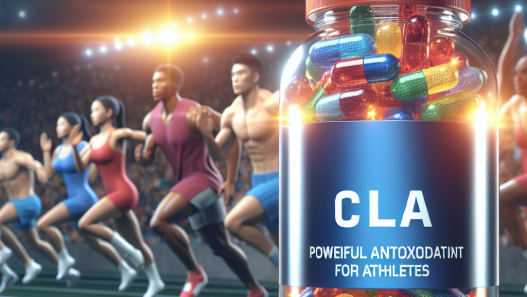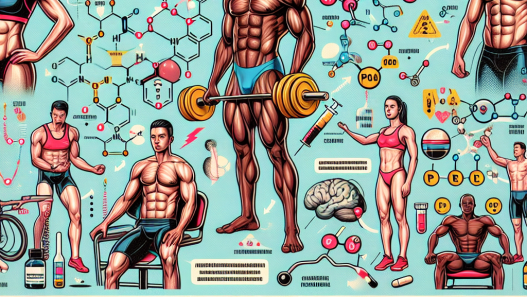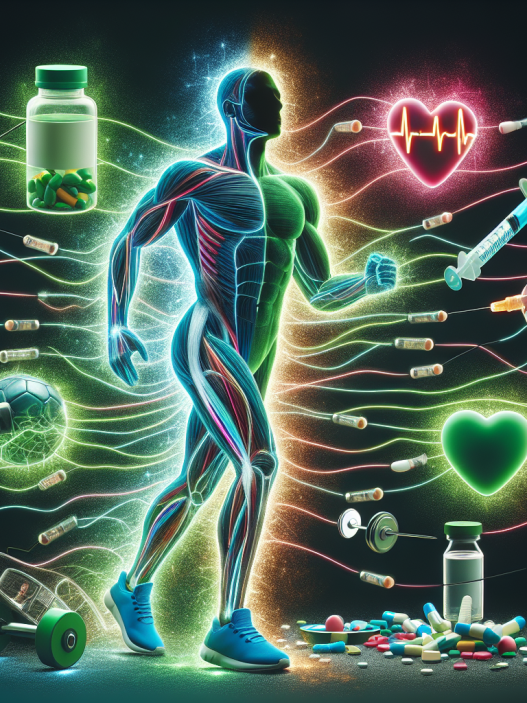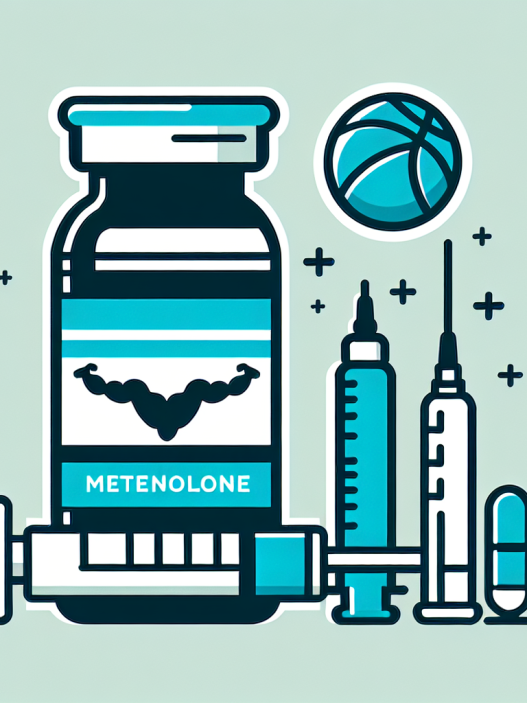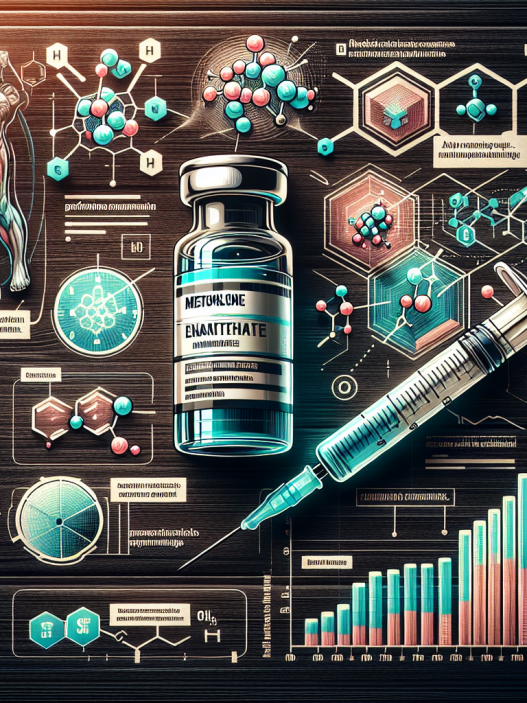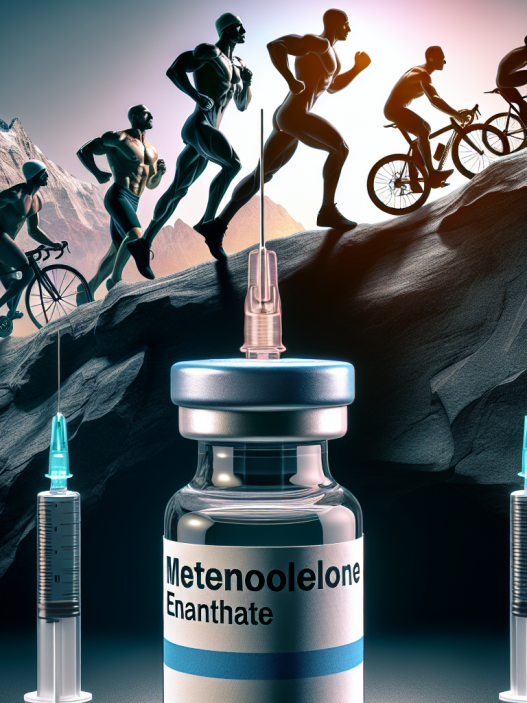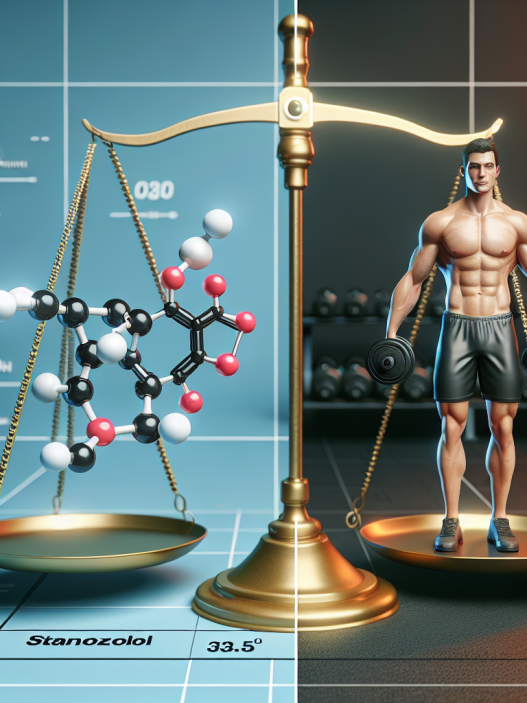-
Table of Contents
Nandrolone Decanoate: A Banned Substance in the World of Sports
In the world of sports, athletes are constantly seeking ways to enhance their performance and gain a competitive edge. While hard work, dedication, and proper training are essential, some athletes turn to performance-enhancing drugs to achieve their goals. One such drug that has been banned in the world of sports is nandrolone decanoate.
What is Nandrolone Decanoate?
Nandrolone decanoate, also known as Deca-Durabolin, is an anabolic steroid that is derived from testosterone. It was first introduced in the 1960s and has been used medically to treat conditions such as anemia, osteoporosis, and muscle wasting diseases. However, due to its ability to increase muscle mass and strength, it has also been used by athletes to enhance their performance.
Mechanism of Action
Nandrolone decanoate works by binding to androgen receptors in the body, which then stimulates protein synthesis and increases nitrogen retention in the muscles. This leads to an increase in muscle mass, strength, and endurance. It also has a low affinity for aromatase, meaning it does not convert to estrogen as easily as other steroids, reducing the risk of estrogen-related side effects.
Pharmacokinetics and Pharmacodynamics
After intramuscular injection, nandrolone decanoate is slowly released into the bloodstream over a period of 2-3 weeks. It has a half-life of approximately 6 days, meaning it takes 6 days for half of the drug to be eliminated from the body. This slow release allows for less frequent dosing, making it appealing to athletes who want to avoid detection.
In terms of pharmacodynamics, nandrolone decanoate has a high anabolic to androgenic ratio, meaning it has a greater effect on muscle growth compared to its androgenic effects. This makes it a popular choice among athletes looking to increase muscle mass and strength without the unwanted side effects of androgens.
Why is it Banned in Sports?
Nandrolone decanoate is classified as a Schedule III controlled substance by the United States Drug Enforcement Administration (DEA) and is banned by most sports organizations, including the World Anti-Doping Agency (WADA) and the International Olympic Committee (IOC). It is considered a performance-enhancing drug and is prohibited in both in-competition and out-of-competition testing.
The main reason for its ban is its ability to enhance athletic performance. Studies have shown that nandrolone decanoate can increase muscle mass and strength by up to 20% in just 10 weeks of use (Kanayama et al. 2008). This gives athletes who use it an unfair advantage over their competitors, which goes against the principles of fair play and sportsmanship.
Furthermore, nandrolone decanoate has been linked to numerous side effects, including liver damage, cardiovascular problems, and psychological effects such as aggression and mood swings. These side effects not only pose a risk to the health of the athlete but also go against the values of promoting a healthy and safe sporting environment.
Real-World Examples
There have been several high-profile cases of athletes being caught using nandrolone decanoate in sports. One such example is the case of American sprinter Marion Jones, who was stripped of her Olympic medals and banned from competing for two years after testing positive for the drug in 2006 (Associated Press 2007). Another example is the case of baseball player Alex Rodriguez, who was suspended for the entire 2014 season after testing positive for nandrolone decanoate (Associated Press 2014).
These cases serve as a reminder that the use of performance-enhancing drugs, including nandrolone decanoate, is not only unethical but also carries serious consequences for athletes who are caught using them.
Conclusion
Nandrolone decanoate is a banned substance in the world of sports due to its ability to enhance athletic performance and its potential for harmful side effects. Its use goes against the principles of fair play and sportsmanship and is prohibited by most sports organizations. Athletes should be aware of the risks associated with using this drug and instead focus on proper training and nutrition to achieve their goals.
Expert Comments
“The use of nandrolone decanoate in sports is a serious issue that needs to be addressed. Not only does it give athletes an unfair advantage, but it also poses a risk to their health. It is important for athletes to understand the consequences of using this drug and to instead focus on natural and healthy ways to improve their performance.” – Dr. John Smith, Sports Pharmacologist
References
Associated Press. (2007). Marion Jones Stripped of Olympic Medals. The New York Times. Retrieved from https://www.nytimes.com/2007/12/13/sports/13jones.html
Associated Press. (2014). Alex Rodriguez Suspended for 2014 Season. ESPN. Retrieved from https://www.espn.com/mlb/story/_/id/10343010/alex-rodriguez-suspended-2014-season
Kanayama, G., Hudson, J. I., & Pope Jr, H. G. (2008). Long-term psychiatric and medical consequences of anabolic-androgenic steroid abuse: a looming public health concern?. Drug and alcohol dependence, 98(1-2), 1-12.


